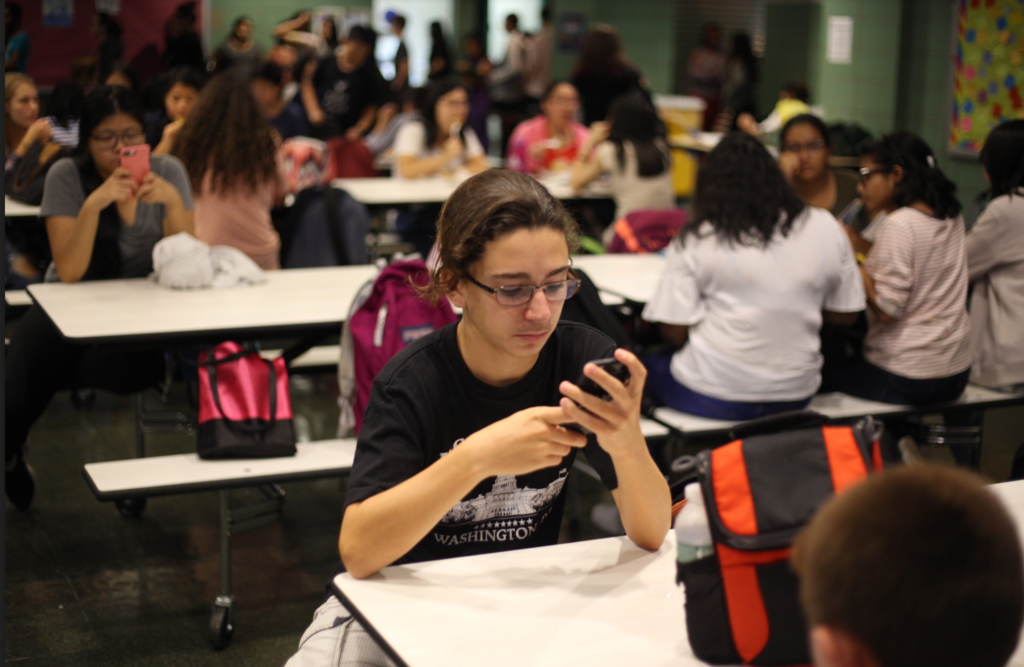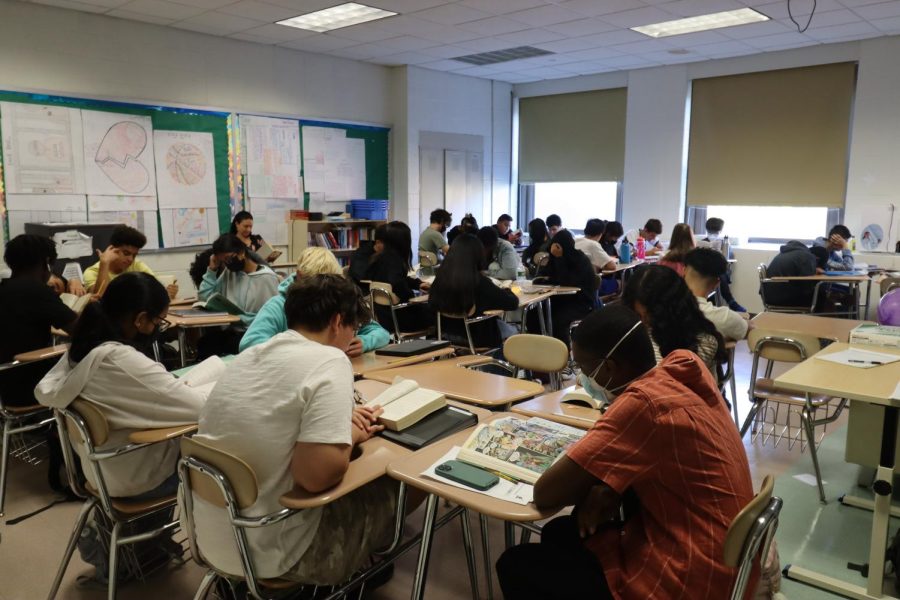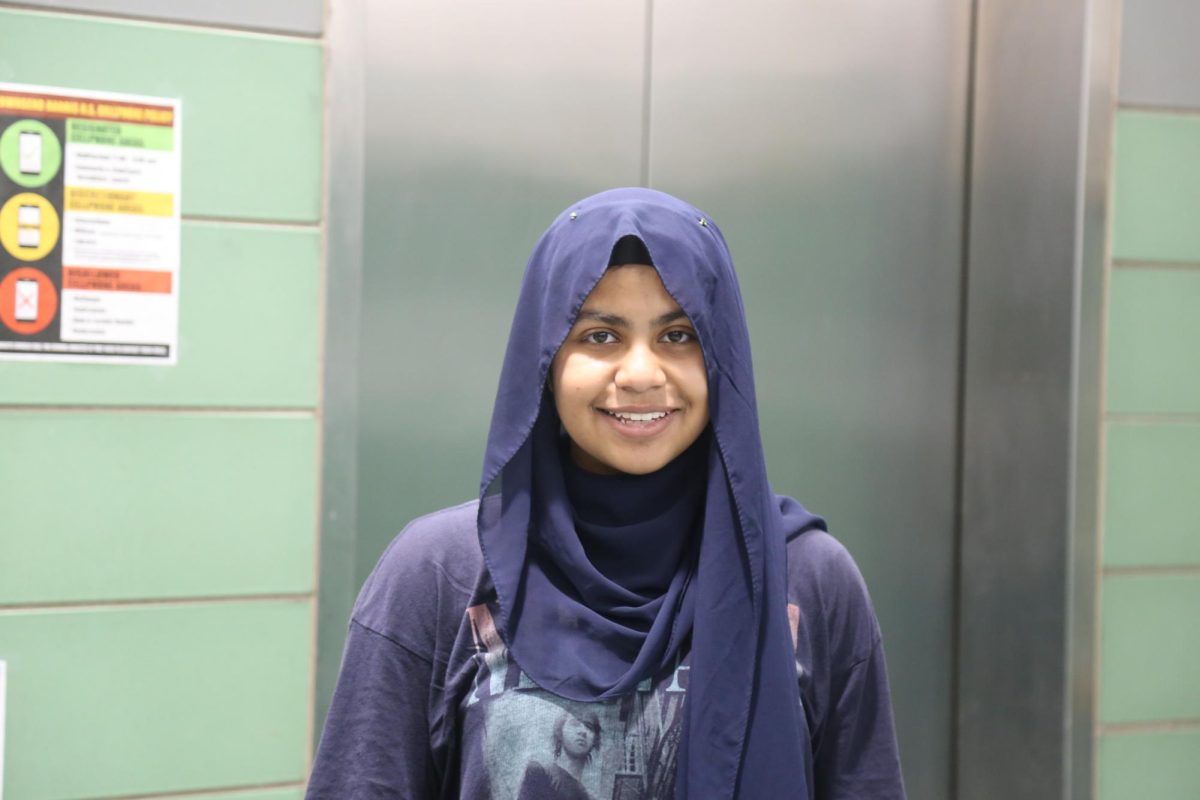
Following the inauguration of Donald J. Trump as the 45th President, countless protesters took to the streets in Washington, New York, and several other cities around the world in support of the Women’s March. This enormous march, which took place on January 21, reportedly involved over 3.3 million people across more than 500 US cities alone. Several Townsend Harris High School students and alumni attended the marches.
Senior Nada Osman, an attendee of the march in Washington, stated, “The march felt very unifying. Everyone that attended was there for a different reason, but we all gave the message that our demands were not going to be denied during the next four years.” Junior Cerissa Huggins, who also joined the march in Washington, pointed out the friendly atmosphere throughout the march, as she “was able to connect and talk with everyone around me and unite for one cause in a peaceful environment with no rioting.”
Class of 2016 Alumna Sarah A’idah Defilippo, who was present in Washington for both the inauguration and the march, noted the startling contrast between the two events, stating, “I went to the inauguration on Friday to protest…it was a sea of negativity. I was unwelcome; a few people pushed me and other protesters around…The march, despite my issues with it, was way more positive and renewed by confidence in the power of people.”
As Nada noted, many people attended the march for different reasons, though all were united under a desire for change and action. Nada herself attended the march “because of the representation behind its time and location. The fact that [it] was a day after the inauguration and in the same place was saying: ‘we don’t like what’s going on’ in a way that was going to be seen directly by the new administration.”
Cerissa, on the other hand, cited her reason for joining the march as support for both women and any groups that may feel fear over the results of the election. “I want to support the people who are against this election out of fear and stand together with those people,” she said.
When asked to share their most memorable experiences from the march, everyone seemed to have different ones. Sarah named the speakers and organizers as her favorite memory from the march, stating, “Linda Sarsour and Janelle Monae [in particular] reminded me of why I was there—for the generations of women who’ve been made to suffer at the hands of not just patriarchy, but racism, genocide, occupation, heterosexism, and the list goes on.”
Junior Lucie Conjeaud, who attended the New York march, stated, “The high and spirited energy was what really stuck with me, as well as the signs. Some were so inspiring, [while] others were more humorous and vulgar.”
Class of 2015 alumna and former Student Union President Karen Su, who attended the Washington march, cited the consideration between protesters as her most memorable experience. She said, “It just goes to show that protests can be truly peaceful…Although [the protest] wasn’t violent, it [showed] that a peaceful demonstration can yield a great deal of influence.”
Nada, however, chose to share a personal experience she had with a middle-aged lady carrying a fourteen-month-old girl during the hours-long march. Thinking about the dedication the woman must have had to stand in the cold with her child throughout the march, she said, “It made me realize that some people have love for this country that goes beyond the so-called patriotism of joining the army or even something as simple as paying taxes.”
In spite of the unity that brought and kept the march together, the movement has faced much criticism, once again bringing up the question of privilege in American society. Many protesters at the march have been accused of creating a divide between cisgender white women and other women, holding up signs claiming that white women voted for Trump and asking if any of the white women protesting that day planned on extending their support to other protest groups, such as Black Lives Matter.
Lucie, speaking on this issue of singling out white women who chose to join the protest, stated, “I think the whole point of the protest is to bring people together, so the fact that there are people who said white women weren’t ‘real protesters’ and things along those lines is disappointing…I think it’s a step back from the progress that is trying to be made.”
Karen agreed, acknowledging her own sense of privilege in being able to attend the march, stating, “Many people of color [and] those of marginalized backgrounds could not march because of risk of compromising safety…I am glad that many were able to use their privileges and march for others who couldn’t. It was empowering to see white individuals carry signs and advocate for causes and issues that the most vulnerable groups are facing.”
However, Sarah argued that “some of the backlash against these signs are misinformed. [People] think that…the intersectional movement is trying to create divisions, but that’s not the case at all…Those signs were simply a reminder that this sentiment of unification needs to go beyond one day and into the fabric of every single person’s day-to-day life.”
With the fears and concerns of women, people of color, members of the LGBT community, and every other marginalized group in the country embodied in this protest, many wonder if the march was a successful demonstration in pushing for changes in government and society.
Karen believed that it was not only successful, but indicative of future nationwide movements for change, stating, “It is important to recognize that this is an incredible amount of Americans exercising their first amendment right to fight for what they believe in. The historic turnout goes to show that there was something worth fighting for, and of course, that this is only the beginning of many more battles up ahead.”
Nada also saw the march as a success, stating, “I am sometimes seen as an outlier because of the way I look and dress, but while marching and rallying, I felt like an American for the very first time. I felt included in a society that I’ve been told for so long I don’t belong in. So yes, the march did achieve its goal.”




























